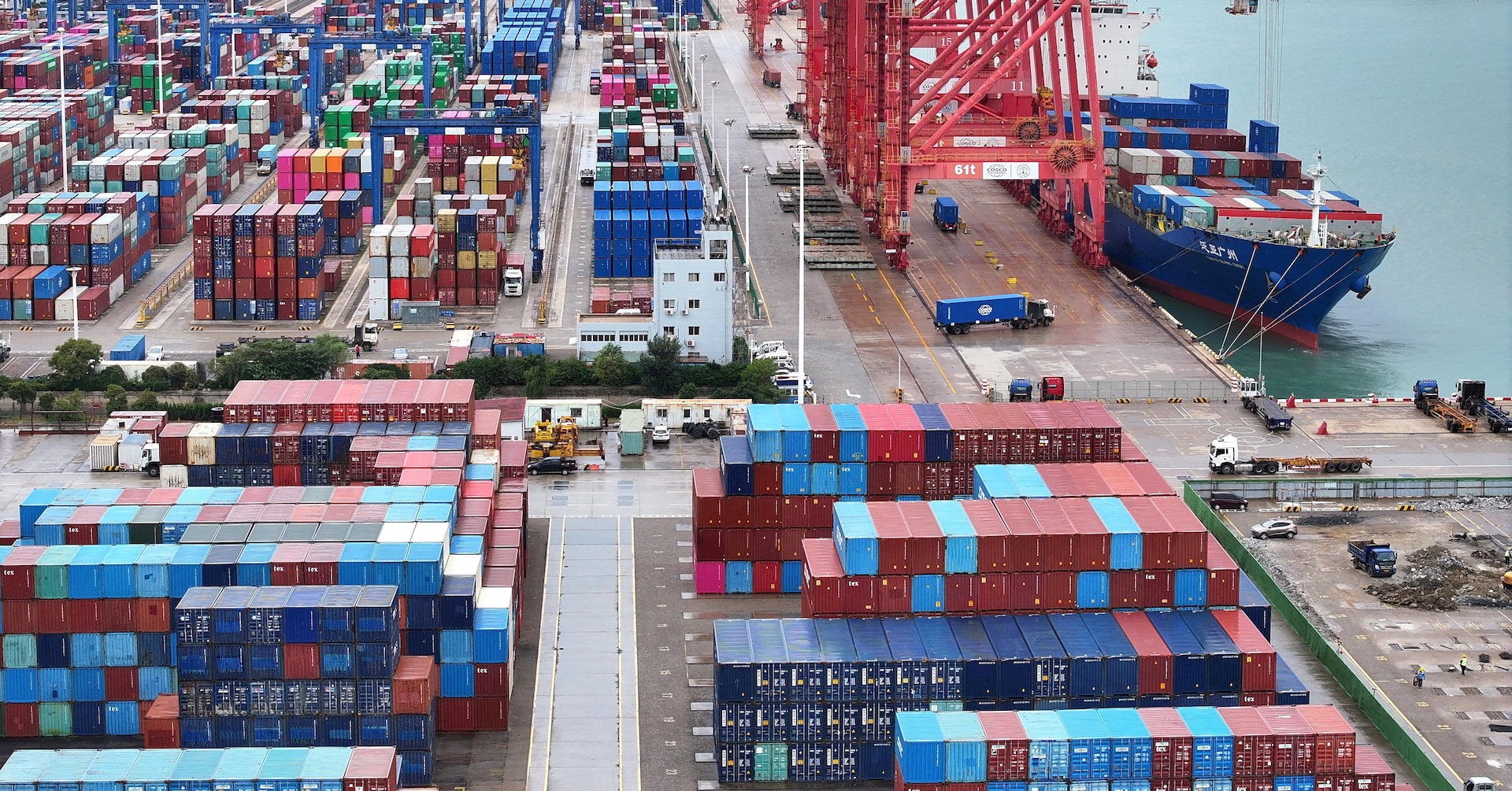Trade War Escalates: China Strikes Back with Strategic Tariff Counterpunch

In a swift and decisive move, China's Ministry of Finance has unveiled a comprehensive set of retaliatory tariffs targeting American goods. This strategic response comes directly on the heels of U.S. President Donald Trump's recent implementation of a 10% tariff on Chinese imports, which took effect early Tuesday morning.
The announcement signals an escalating trade tension between the world's two largest economies, with China demonstrating its readiness to push back against what it perceives as aggressive economic measures. By swiftly countering the U.S. tariffs with its own targeted levies, Beijing is sending a clear message about its commitment to protecting its economic interests.
The tit-for-tat tariff exchange underscores the ongoing trade dispute that has been simmering between the United States and China, with potentially significant implications for global trade dynamics and economic stability. As both nations continue to flex their economic muscles, businesses and markets worldwide are watching closely to see how this high-stakes economic confrontation will unfold.

